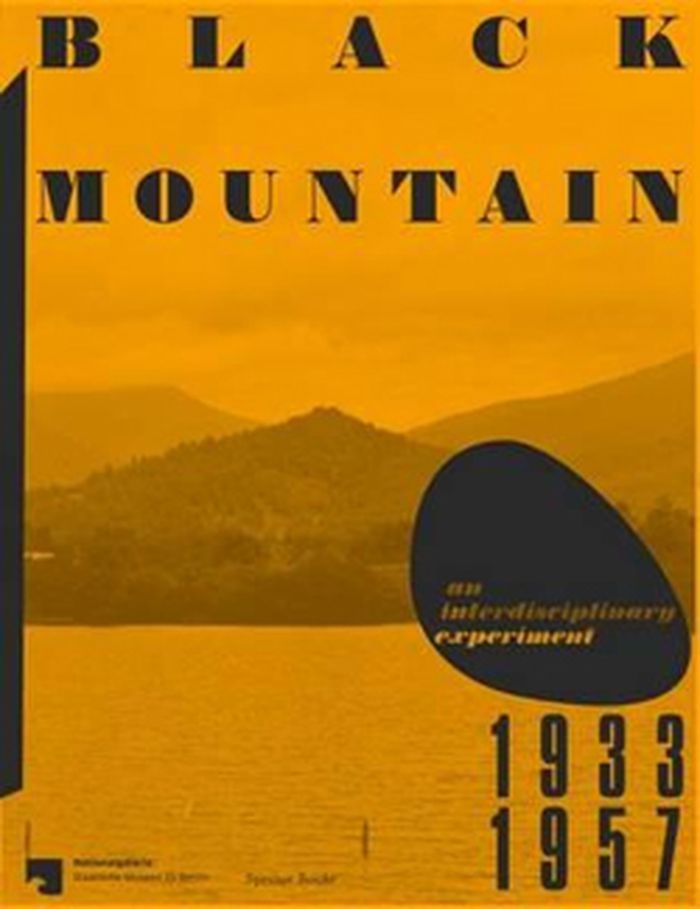$74.95
(disponible sur commande)
Résumé:
The interdisciplinary and experimental educational ideas espoused by Black Mountain College (BMC), which was founded in North Carolina in 1933, made it one of the most innovative schools, after the Bauhaus, of the first half of the 20th century. Visual arts, economics, physics, dance, architecture and music were all taught here on an equal footing, and teachers and(...)
Théorie de l’art
octobre 2015
Black Mountain: an interdisciplinary (1933-1957)
Actions:
Prix:
$74.95
(disponible sur commande)
Résumé:
The interdisciplinary and experimental educational ideas espoused by Black Mountain College (BMC), which was founded in North Carolina in 1933, made it one of the most innovative schools, after the Bauhaus, of the first half of the 20th century. Visual arts, economics, physics, dance, architecture and music were all taught here on an equal footing, and teachers and students lived together in a democratically organized community. The first director of the school was Josef Albers, and icons such as John Cage, Walter Gropius and Buckminster Fuller were among the many luminaries invited to teach. In consequence, BMC witnessed the development of a cutting-edge range of avant-garde concepts and ideas that still influence the art world today.
Théorie de l’art
